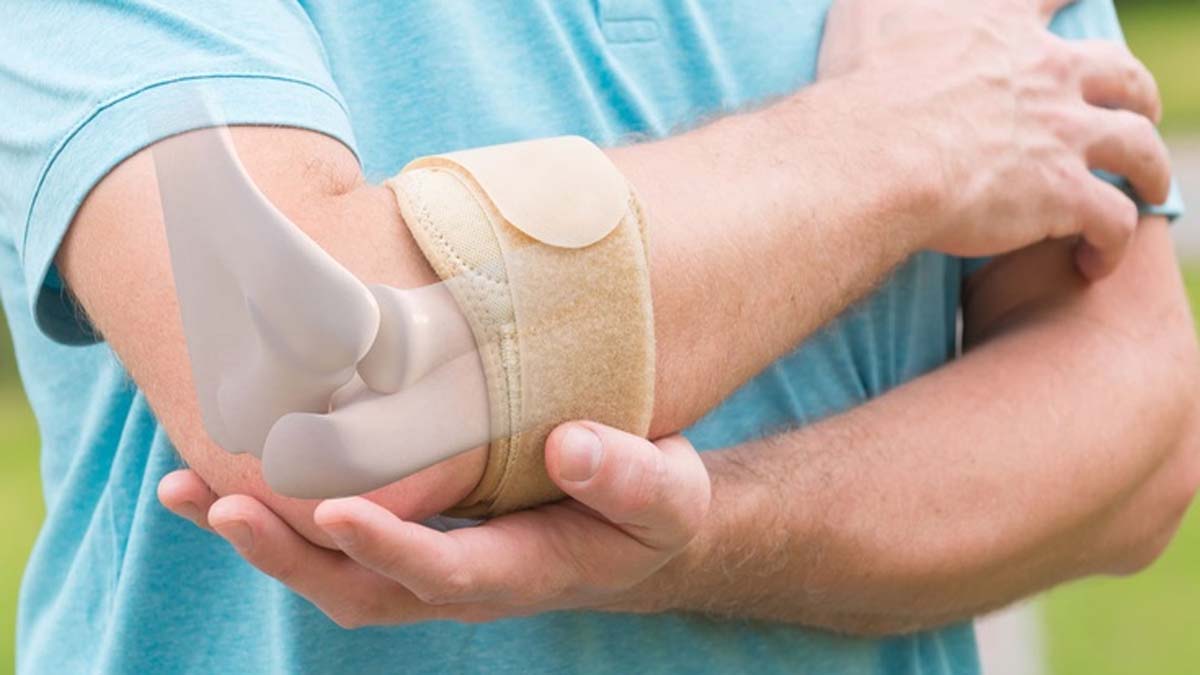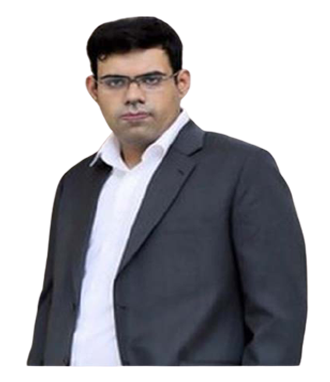TENNIS ELBOW TREATMENT
elbow is a painful condition in which the outer side of your elbow causes pain while doing outward movements it is usually caused by excessive use of muscles (when they are not properly trained and strengthened) or because of repetitive motions. A major stake in rehabilitation is supporting your muscles during activities to avoid further injury and gradually strengthening them.
What are the symptoms of tennis elbow?
This condition generally presents with varying degree of pain on the outer side of elbow. The pain can radiate downwards towards the forearm & wrist. The outside of your elbow may be very tender to touch. As the pain increases it can interfere with routine activities such as turning a doorknob, holding a cup of tea or gripping objects.
How is tennis elbow managed?
The treatment option will vary depending on multiple factors such as the duration of symptoms, severity & impact on your daily activities, previous treatments and their results.
Tennis elbow can be self-limiting and hence if the symptoms are mild your doctor may suggest conservative management to see if the condition gets better on its own. It may however take weeks or months for the pain to go away completely. Some studies report average duration of a typical episode is to be between six months and two years.
Treatments are aimed at reducing the load/stress on tendons; reducing the pain and preservation of movement, grip strength. Treatment options include-
Rest. This includes avoidance of provoking activities and heavy work with the affected arm for several weeks. Gel wrist pads while working on computers can be helpful to reduce stress on the tendons.
Ice pack – It can help to reduce the pain and swelling. Avoid applying the ice directly to the skin as this reduces the chances of frostbite. Ice can be wrapped in a towel and used for a few minutes (as tolerated), 3- 4 times in a day.
Elbow brace – An elbow splint/brace can help provide support and limit the stress/movements, aiding the process of healing. Use the brace when the arm is being used and it can be taken off at night time.
Medications – Pain killers can provide temporary relief and may include anti-inflammatory medications. It is important to use these medications as directed by your doctor.
Physiotherapy – It is important to stretch the muscles of the hand and forearm, in order to prevent the development of stiffness and increase the flexibility. Physiotherapy can also help in the strengthening of these muscles. Exercises are best learned under supervision of an experienced therapist. Once you have learned the correct technique, you can continue these at home.
Extracorporeal shock wave therapy (ESWT) – This uses energy of strong sound waves at specific frequencies to create microtrauma that promotes the body’s natural healing processes. It is a non invasive treatment which involves placing the wave generator on the overlying skin to deliver the treatment. Some studies show that it can be beneficial whereas others not shown significant difference. This option is more likely to be used if there are calcium deposits in the degenerated tendons.
In case the pain does not settle, then your doctor may consider injections in order to provide pain relief. These may include
Dry needling — This is best performed under ultrasound guidance and involves piercing the damaged tendon with a needle to reinitiate the healing process.
Platelet-rich plasma (PRP) injection. PRP is prepared from a patient’s own blood and contains high concentration of proteins called growth factors that play an important role in the healing. When tissue injury occurs, platelets collect at the site of injury and start the repair process. In PRP injection we collect a blood sample and spin it in a machine to separate the platelets with the growth factors. This concentrated preparation is then administered close to the injury site. It is a safe procedure which tried to emulate the natures healing process. Some studies have shown that this form of treatment is associated with more favourable long term results.
Steroid injections Steroids are effective anti-inflammatory medicines. Your doctor may consider injection in the painful area around your lateral epicondyle with a steroid to relieve your symptoms. These injections can help in short term pain control.
Surgery– this is rarely required and is considered for persisting problems significantly impairing the quality of life.



